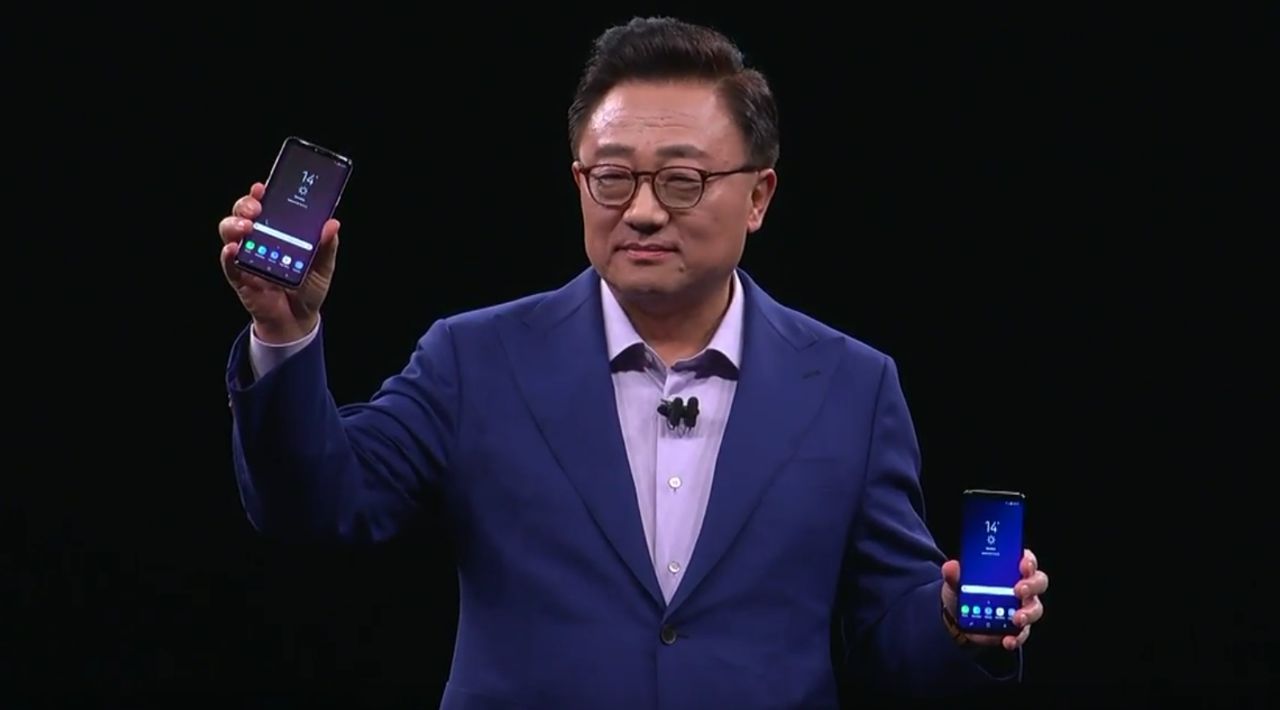Quite often, the first time you’ll know that Ausdroid has been reviewing a phone is when we publish the review on our website. Sometimes, if it’s an important phone – or we’ve been allowed to do it – we might publish a hands-on before a review. Othertimes we might publish a hands-on, a review, and a camera rundown.
Regardless of how it happens, reviews don’t just materialise – there’s an awful lot that happens behind the scenes, and broadly, this is how it comes together.
One month before launch
The first step often happens before a phone has even been announced. Depending on our relationship with the brand in question, we might be invited to their international launch event. If this is going to happen, quite often we find out about the new phone from the company a good month or more in advance.

This usually happens under a fairly comprehensive non-disclosure agreement, such that we can’t disclose any information about the phone, the trip, or anything much else to anyone.
These agreements vary a little, but the consequences are usually the same – break an NDA and you’re unlikely to ever be invited to work with a brand again. Consequences may also include legal action, injunctions, being booted off a trip, and banned from local events for a period. Trust me, this isn’t idle threatening – these consequences do happen when people break the rules.
At this stage, we’re unlikely to know an awful lot about the phone beyond what may have been leaked, but we at least have confirmation of what’s coming and some headline features.
One to two weeks before launch
Even where we’re not attending an international launch, there may be a local pre-briefing, but this typically doesn’t happen until much closer to the event (if at all). Being closer to launch, a pre-briefing is usually very detailed, and subject to the same kind of NDA as discussed above.
Again, depending on the brand, at a pre-briefing we may get a review device that we can start to play with. This has happened a number of times in the last twelve months, but it doesn’t happen every time – some brands are a lot more secretive than others, and other brands trust journalists a lot more I guess.
Usually at around this stage, we’ll get to (at least) look at a phone, perhaps shoot some photos of it for later use, and get a detailed understanding of what’s inside – a spec sheet isn’t uncommon at this point so we can start putting together coverage for a launch announcement.
Just prior to launch
Almost always, by the time a launch announcement comes around, we’ve got the information we need to actually write about the launch. Usually, but not always, this will include:
- A draft press release about the announcement with some quotes, facts and figures
- Time with an actual or pre-release phone, or we might have one that we’ve been using for a week or so
- Details about pricing, availability, dates for launch in local markets, and so on
- Details about the accessories or partners that may launch with a phone (e.g. a wearable or other phone variants)
It’s not often these days that we’re left to write up announcements at events themselves, or worse, by watching live streams. However, this depends a lot on what the product is. For example, with devices that aren’t likely to come to Australia – or certainly won’t in a hurry – companies don’t usually bother with comprehensive pre-launch activities.
Other brands, especially those with significant presence internationally, don’t always bring Australian press to their announcements, but usually participate in pre-briefing activities.
There’s a lot of variables, but we’re trying to describe the general process.
The launch event itself
Depending on the brand, if we’re attending the launch event itself, this is often an opportunity to relax, as much of the coverage will already be written and – if we’re lucky – some hands-on impressions will already be done, too. It can be a time to sit back, see how the announcement unfolds on stage, to get some photos of an executive showing off the new phone, or to get some choice quotes which can colour a news story.

Other times, a launch event can be a super busy time – we might not know what exactly is coming, we mightn’t have seen a phone or had any facts and figures. This means jotting down notes, grabbing some photos and putting together some coverage.
You can usually spot the difference quite easily – if we’re publishing something mid-way through an event (or closer to the start), you can be certain we’ve had information beforehand and we’re just publishing it now. Equally, if you don’t see a story until sometime after the event finishes, chances are we wrote it while watching.
After a launch event concludes, almost always – if we’re at the event, of course – we’ll be in a demo room trying out a new phone and seeing what it can do. Sometimes we might even do some video from the demo room, but generally speaking these are pretty awful places to film content.

Dim lighting, noisy environments, people everywhere .. it’s definitely fun, but not usually a place to produce the content we like to share.
Once the launch event is done, if we don’t already have a phone, chances are we won’t for a while until there’s a local launch (i.e. in market), and that’s where we fast-forward to now.
A couple of weeks prior to local retail availability
It’s usually around this time that brands will hold a smaller, more intimate event somewhere in Australia (and usually this means in Sydney, which is convenient for most of us). Be it at a hotel, a club, an office, a restaurant or somewhere else entirely, brands will usually put on a little bit of a show to give people time with the new phone, to hear from local executives about it, and to get details on pricing, retail partners and the like.

Almost always, at this point, review devices will be available either at the event or a couple of days afterwards. This is when our review period often starts, and again, either subject to a strict NDA (for some brands) or a review embargo (for most others) stating that we can’t publish anything until a certain date and time.
Regardless of NDA or embargo, the outcome is usually the same – we’re able to have a phone, use it in public, take photos, try it out and generally go through the review process.
Usually during this time we can’t publicly announce that we’ve got the devices, but it depends on the precise wording of whatever agreement is in place. On some occasions, for example, we’re allowed to share limited first impressions, or maybe some photo samples, with the full review held off (usually) until launch date.
Local retail launch
Of course, once launch date comes, we’re able to publish a full on review, and whatever other material we’ve come up with (e.g. camera shootouts, videos, comparison pieces etc).
You’ll usually know whether we’ve had something to review based on when it gets published – if we publish after retail availability, chances are we either haven’t had a review device early at all, or we’ve not had enough time with it. If we’re publishing something the same day a phone goes on sale, chances are we’ve had it for a couple of weeks or so.
After the review
Over the last 10 years or so, I’ve literally lost count of how many devices I’ve reviewed, and that’s just me – the team has reviewed many more. You might wonder where all these devices end up, and that’s a fair question!
Generally speaking, after a review period is up, one of the following things will happen:
- Some devices go back to the vendor or their PR agency. With mobile phones, this isn’t too common, but with more expensive equipment (laptops, TVs, and the like) they almost always go back.
- For phones, usually we’ll hang onto them either for long term review, to monitor software updates, to see how things improve/degrade over time, or to provide support to readers with questions.
- After a period, review devices that we keep might be given to family members or friends – after all, we can’t store them indefinitely. It’d be a waste, and we don’t have unlimited room!
- For those devices that we can’t give out – because no one wants them, or they’re a bit old – they either get recycled (with a company like Mobile Muster) or donated to worthy causes (e.g. local women’s shelters).
Some things we review can’t be (safely) given back. For reasons of hygiene and generally just not being disgusting, headphones usually don’t go back – some companies insist on refurbishing them before sending on for further review, but ears are gross, and I don’t want to use someone else’s headphones or especially earphones.
Other items aren’t economical to return. Phone cases, small accessories, things valued less than $50, it would usually cost more than the item’s worth to return, and so generally we get to hang onto them or dispose of them as we please.
One thing we’re often asked is if we can run giveaways of ex-review stock on the website. The short answer is usually not; many review devices we get (not all, though) aren’t necessarily retail stock that are (or will become) available for sale in Australia.
With smartphones especially, we often review stock that’s either from overseas, or pre-production where they’re suitable for review purposes, but not something that companies want out in the wild where customers might have an adverse experience or need support. For that reason, we tend not to do giveaways of old review stuff.
What else can we tell you about what happens Behind the Tech?





nice article. good to know these stuffs!